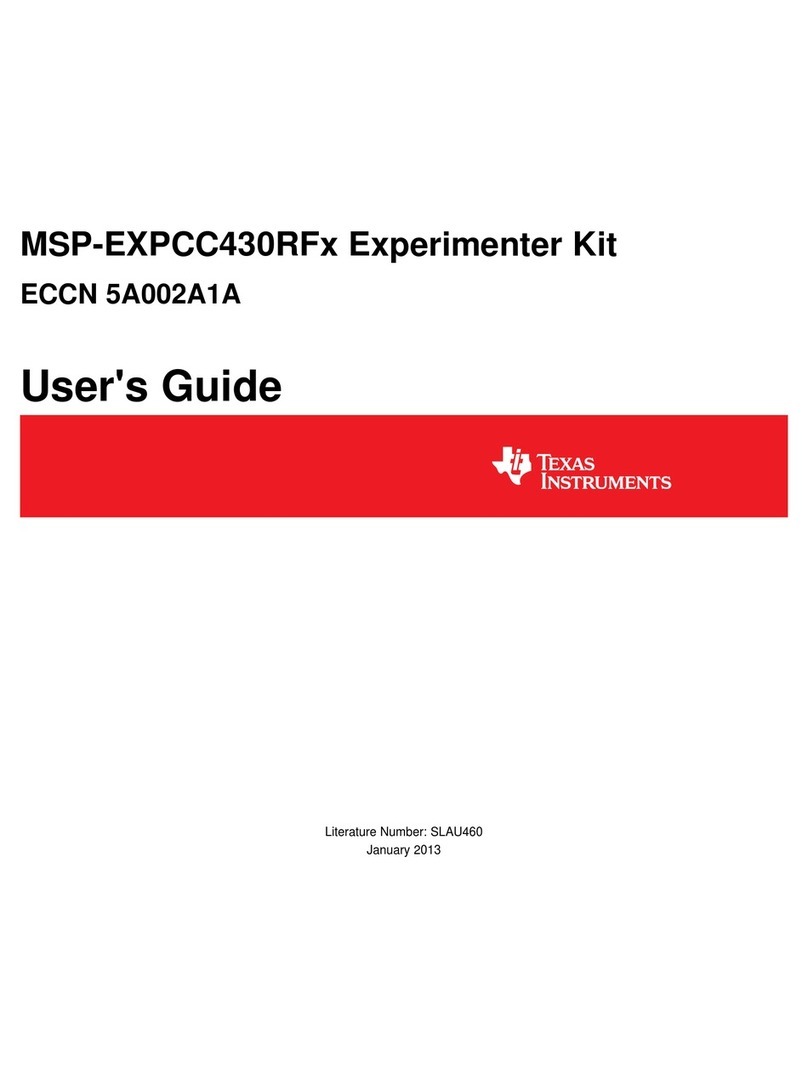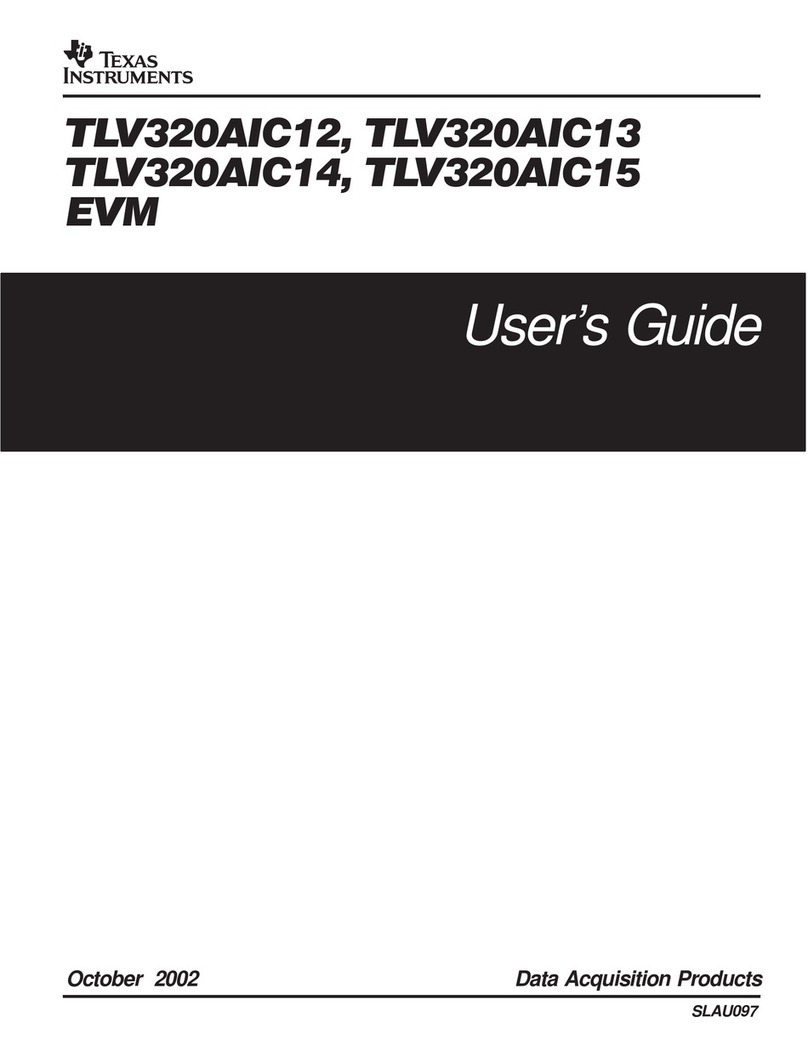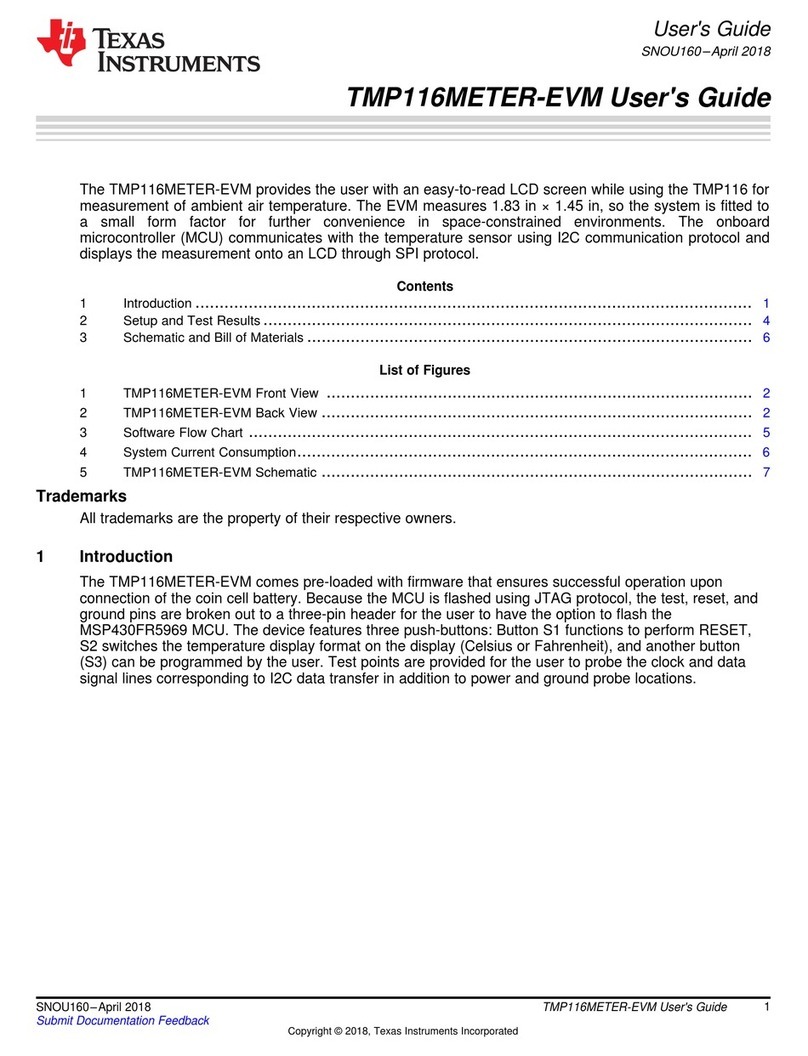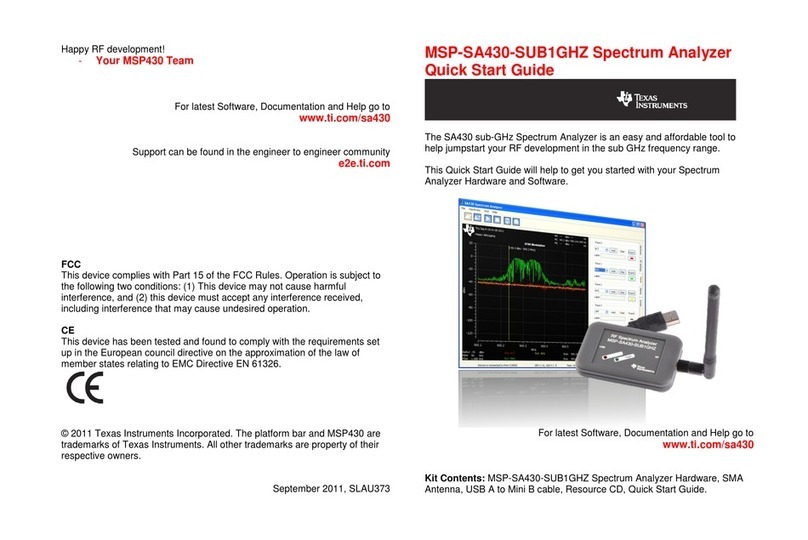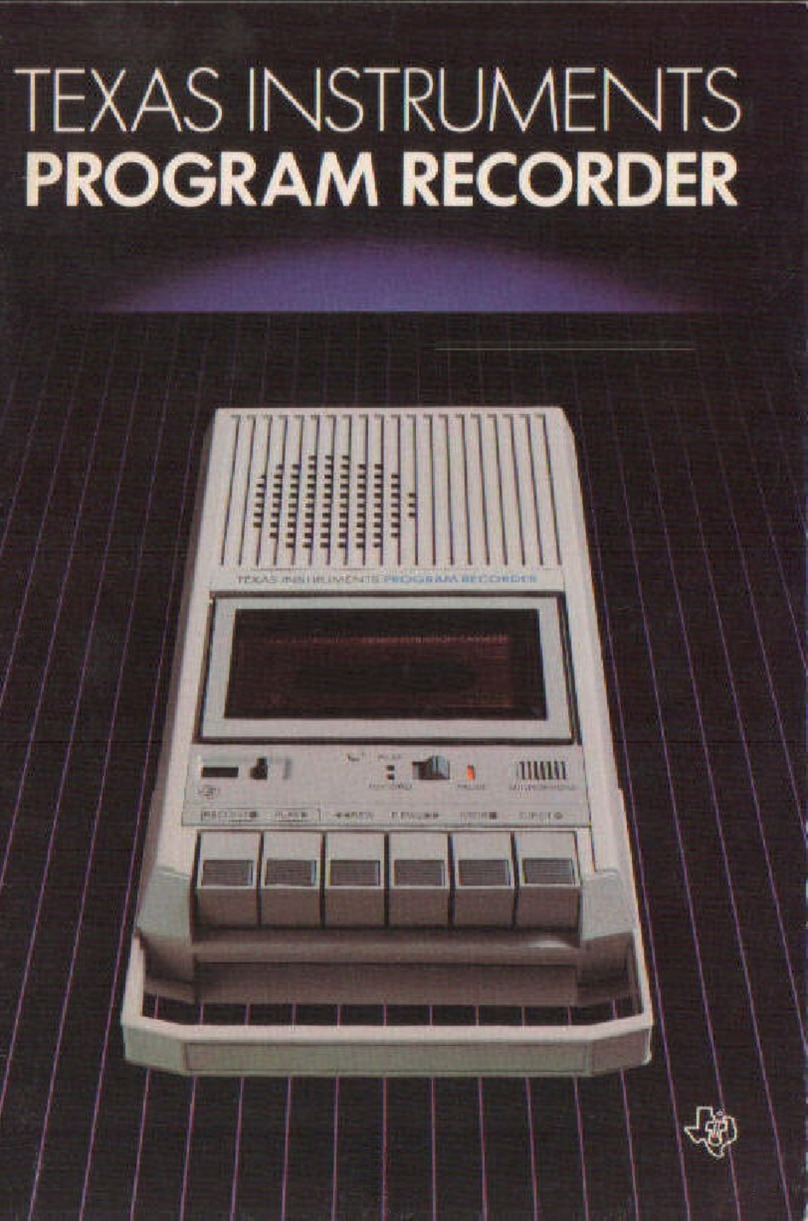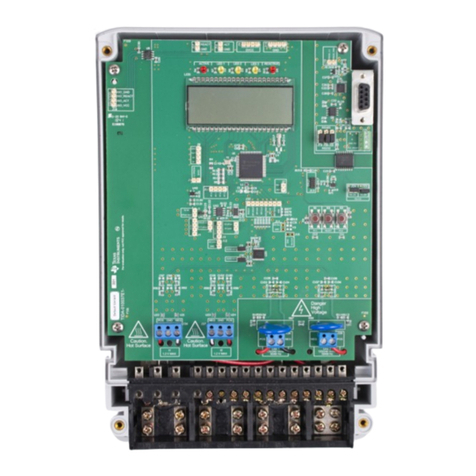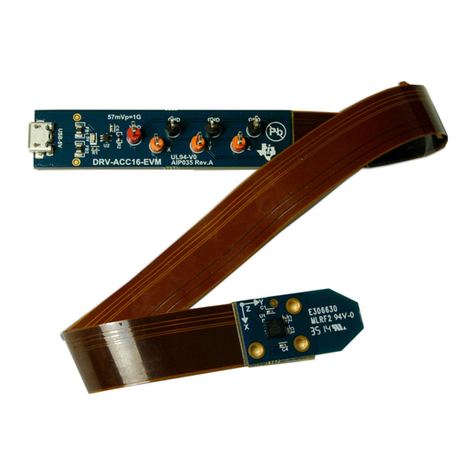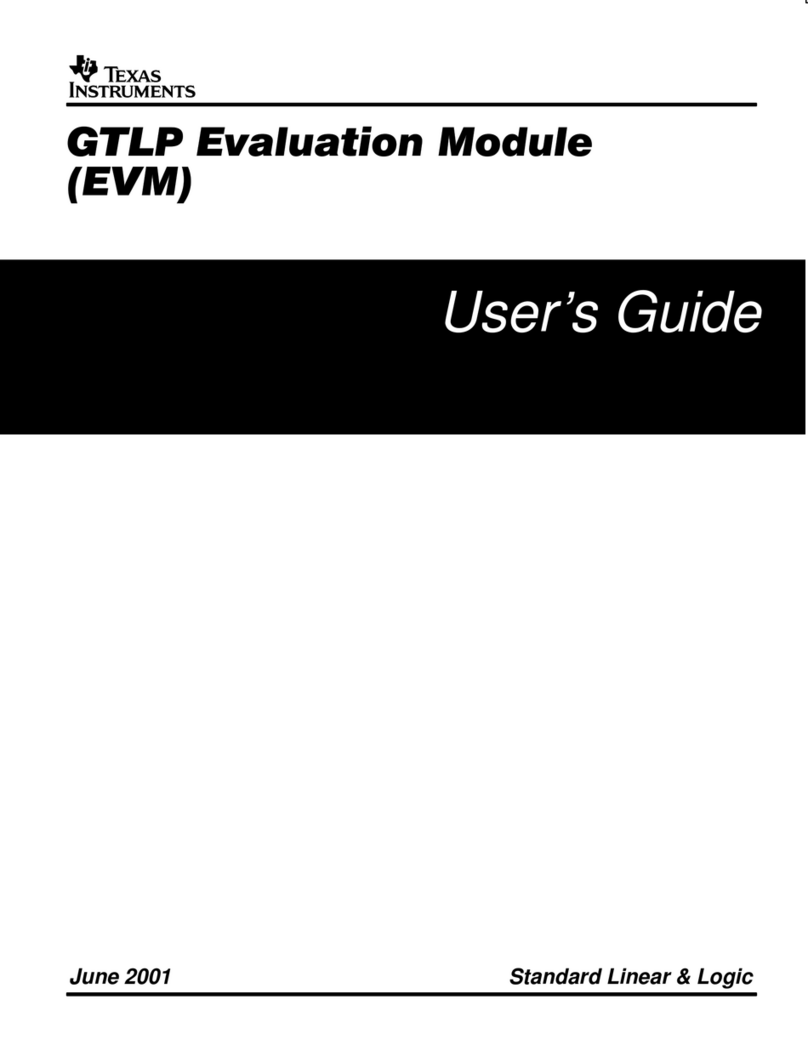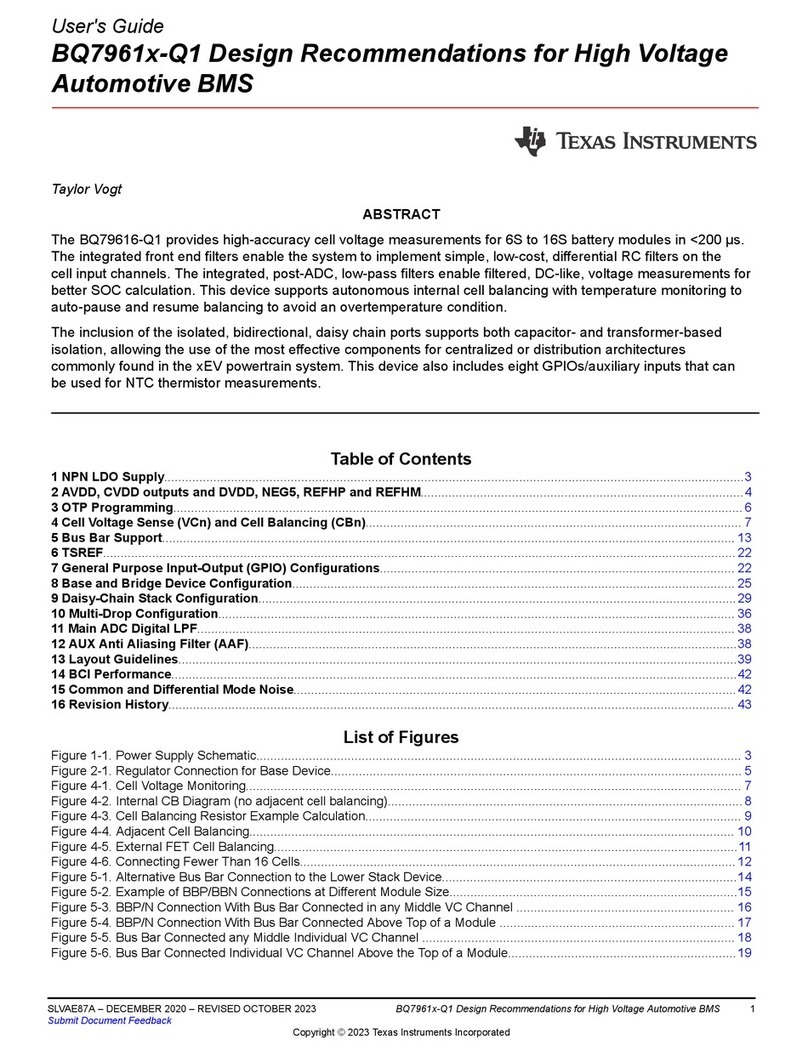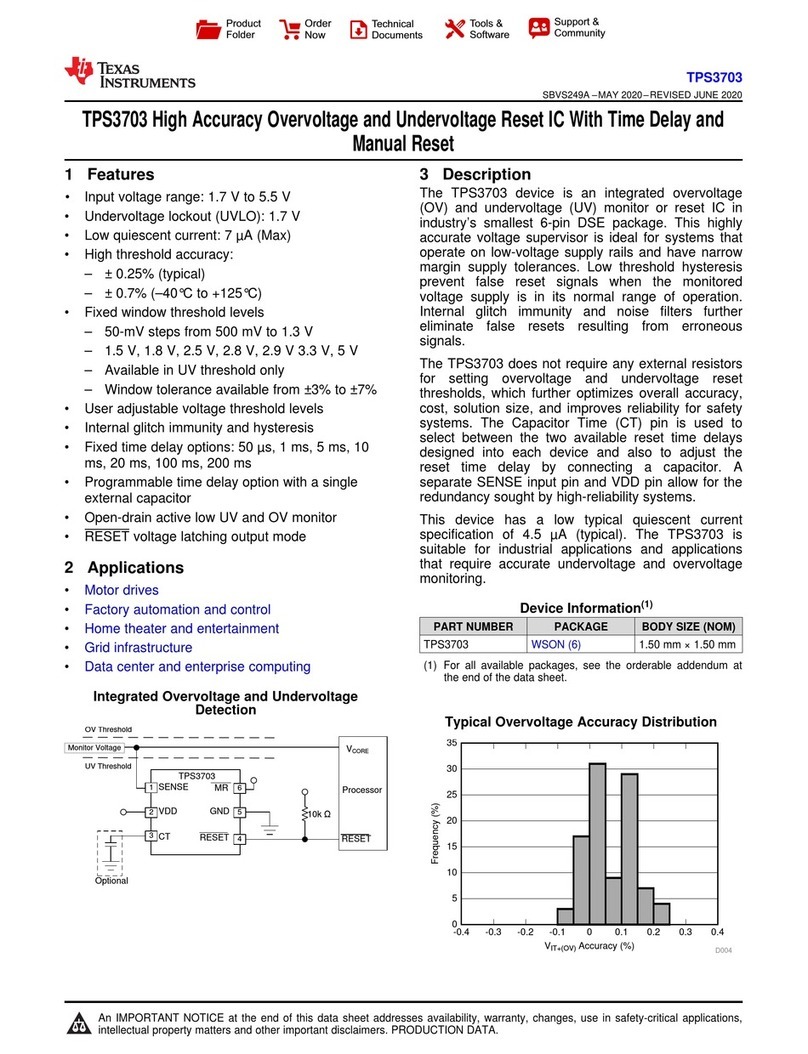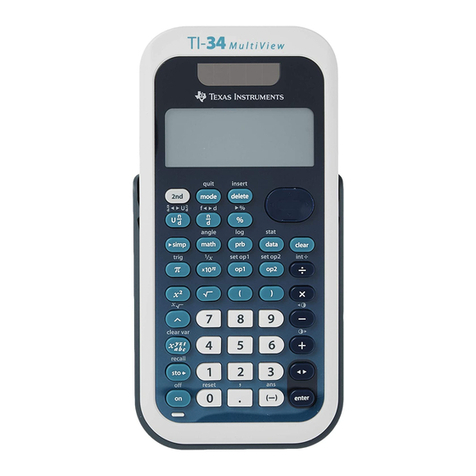
Contents
Preface ........................................................................................................................................ 4
1 General Description.............................................................................................................. 6
2 Functional Description.......................................................................................................... 8
2.1 Fuel Gauging................................................................................................................. 8
2.2 Temperature Measurement................................................................................................. 8
2.3 Current Measurement....................................................................................................... 8
2.4 Operating Modes............................................................................................................. 9
2.4.1 SHUTDOWN Mode................................................................................................. 9
2.4.2 POR and INITIALIZATION Modes................................................................................ 9
2.4.3 CONFIG UPDATE Mode .......................................................................................... 9
2.4.4 NORMAL Mode ..................................................................................................... 9
2.4.5 SLEEP Mode....................................................................................................... 10
2.4.6 HIBERNATE Mode................................................................................................ 10
2.5 Pin Descriptions ............................................................................................................ 12
2.5.1 GPOUT Pin ........................................................................................................ 12
2.5.2 Battery Detection (BIN)........................................................................................... 12
3 Application Examples ......................................................................................................... 14
3.1 Data Memory Parameter Update Example ............................................................................. 14
4 Standard Commands .......................................................................................................... 16
4.1 Control(): 0x00 and 0x01.................................................................................................. 17
4.1.1 CONTROL_STATUS: 0x0000 .................................................................................. 18
4.1.2 DEVICE_TYPE: 0x0001.......................................................................................... 18
4.1.3 FW_VERSION: 0x0002........................................................................................... 18
4.1.4 DM_CODE: 0x0004............................................................................................... 18
4.1.5 PREV_MACWRITE: 0x0007..................................................................................... 18
4.1.6 CHEM_ID: 0x0008 ................................................................................................ 19
4.1.7 BAT_INSERT: 0X000C........................................................................................... 19
4.1.8 BAT_REMOVE: 0X000D......................................................................................... 19
4.1.9 SET_HIBERNATE: 0x0011 ...................................................................................... 19
4.1.10 CLEAR_HIBERNATE: 0x0012 ................................................................................. 19
4.1.11 SET_CFGUPDATE: 0x0013.................................................................................... 19
4.1.12 SHUTDOWN_ENABLE: 0x001B............................................................................... 19
4.1.13 SHUTDOWN: 0x001C........................................................................................... 19
4.1.14 SEALED: 0x0020................................................................................................. 19
4.1.15 PULSE_SOC_INT: 0x0023 ..................................................................................... 20
4.1.16 RESET: 0x0041 .................................................................................................. 20
4.1.17 SOFT_RESET: 0x0042.......................................................................................... 20
4.1.18 EXIT_CFGUPDATE: 0x0043 ................................................................................... 20
4.1.19 EXIT_RESIM: 0x0044 ........................................................................................... 20
4.2 Temperature(): 0x02 and 0x03 ........................................................................................... 20
4.3 Voltage(): 0x04 and 0x05 ................................................................................................. 20
4.4 Flags(): 0x06 and 0x07 ................................................................................................... 21
4.5 NominalAvailableCapacity(): 0x08 and 0x09 ........................................................................... 21
4.6 FullAvailableCapacity(): 0x0A and 0x0B ................................................................................ 21
2Contents SLUUAC9A–December 2013–Revised May 2015
Submit Documentation Feedback
Copyright © 2013–2015, Texas Instruments Incorporated
